Home>Furniture & Design>Bathroom Accessories>What Spray Foam To Use Under A Bathtub
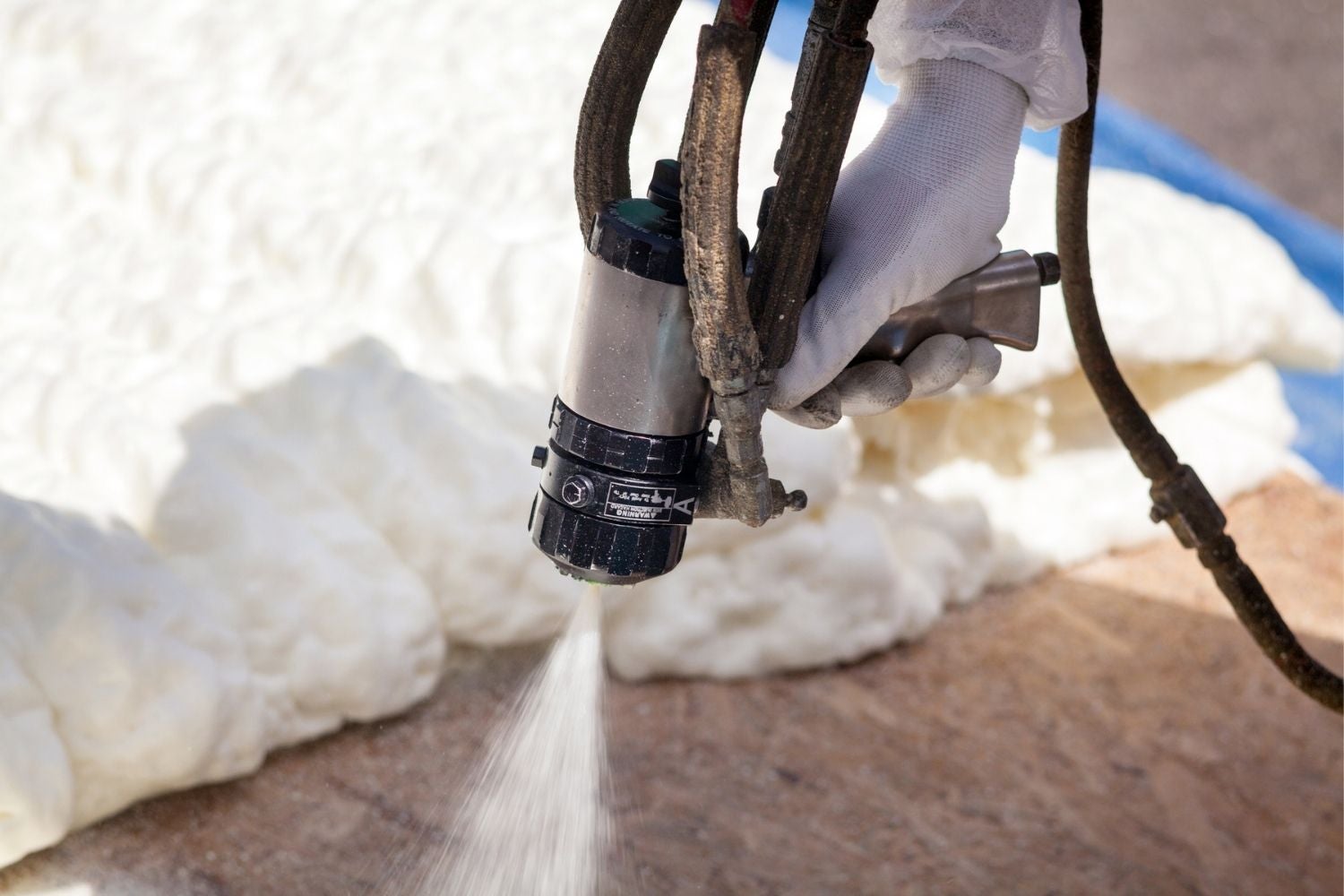

Bathroom Accessories
What Spray Foam To Use Under A Bathtub
Modified: April 22, 2024
Discover the best spray foam for securing your bathtub in place. Find the right bathroom accessories for a secure and durable installation.
(Many of the links in this article redirect to a specific reviewed product. Your purchase of these products through affiliate links helps to generate commission for Storables.com, at no extra cost. Learn more)
Introduction
When it comes to installing or repairing a bathtub, ensuring a secure and watertight foundation is essential for long-term durability and structural integrity. One crucial component of this process is the use of spray foam insulation to provide support and prevent moisture-related issues. Selecting the right type of spray foam for this purpose is paramount, as it can significantly impact the bathtub's stability and the overall quality of the installation.
In this comprehensive guide, we will explore the various types of spray foam commonly used under bathtubs, considerations for choosing the appropriate product, and recommendations for the best spray foam options available. Whether you are a seasoned professional or a DIY enthusiast, understanding the nuances of spray foam selection and application can make a substantial difference in the performance and longevity of your bathtub installation.
Let's delve into the world of spray foam and uncover the key factors to consider when using it under a bathtub.
Key Takeaways:
- Choose closed-cell spray foam for high-humidity bathrooms to prevent water damage and ensure a stable bathtub foundation.
- Prioritize high-density spray foam for heavy bathtubs, and consider eco-friendly options for a sustainable and durable installation.
Read more: What Kind Of Foam Under Bathtub
Types of Spray Foam
When it comes to selecting the right spray foam for use under a bathtub, it's essential to understand the different types available and their specific characteristics. Each type of spray foam offers unique properties that cater to varying installation requirements and environmental conditions. Here are the primary types of spray foam commonly used in bathtub installations:
1. Closed-Cell Spray Foam
Closed-cell spray foam is a dense and rigid insulation material that provides exceptional structural support and moisture resistance. Due to its compact nature, closed-cell foam effectively prevents air and moisture infiltration, making it an ideal choice for areas prone to high humidity, such as bathrooms. Its high compressive strength also contributes to the overall stability of the bathtub, ensuring long-term durability.
2. Open-Cell Spray Foam
In contrast to closed-cell foam, open-cell spray foam is lighter and more flexible, offering superior sound insulation and thermal properties. While it may not provide the same level of moisture resistance as closed-cell foam, open-cell spray foam excels in filling voids and irregular spaces, creating a seamless and airtight seal. This type of foam is suitable for bathtub installations in well-ventilated areas where moisture accumulation is less of a concern.
3. High-Density Spray Foam
High-density spray foam is specifically formulated to withstand heavy loads and provide robust structural support. This type of foam is well-suited for supporting the weight of a bathtub and ensuring even weight distribution across the installation area. Its exceptional load-bearing capacity makes it an excellent choice for reinforcing the subfloor and preventing any potential sagging or shifting over time.
Read more: What Is The Best Spray Foam Insulation
4. Low-Expansion Spray Foam
Low-expansion spray foam is designed to fill and seal small gaps and crevices without exerting excessive pressure on surrounding structures. This type of foam is particularly useful for creating a secure and snug fit between the bathtub and the subfloor, effectively minimizing the risk of movement or shifting after installation. Its controlled expansion properties make it a valuable asset in achieving a precise and stable foundation for the bathtub.
5. Moisture-Cured Spray Foam
Moisture-cured spray foam is engineered to cure and form a durable seal in the presence of moisture, making it an ideal choice for areas susceptible to water exposure. This type of foam is well-suited for bathtub installations, as it can effectively withstand the humid conditions commonly found in bathrooms. Its ability to adhere to wet surfaces and resist moisture infiltration enhances the overall waterproofing of the bathtub assembly.
Understanding the distinct characteristics and applications of these spray foam types is crucial for making an informed decision when choosing the most suitable option for installing or repairing a bathtub. By carefully evaluating the specific requirements of the installation environment and the desired performance attributes, you can select the optimal spray foam that aligns with the unique demands of your project.
Considerations for Using Spray Foam Under a Bathtub
When incorporating spray foam under a bathtub, several critical considerations should guide the decision-making process to ensure a successful and enduring installation. Understanding these factors is pivotal in achieving a secure, watertight, and structurally sound foundation for the bathtub. Here are the key considerations for using spray foam under a bathtub:
-
Moisture Resistance: Given the high humidity and moisture levels typically present in bathrooms, selecting a spray foam with excellent moisture resistance is paramount. This is particularly crucial for preventing water intrusion into the subfloor and the potential development of mold or decay. Closed-cell spray foam, known for its impermeability to moisture, is an excellent choice for enhancing the bathtub's longevity in such environments.
-
Structural Support: The spray foam used under a bathtub should provide robust structural support to withstand the weight of the fixture and the occupants. Opting for a high-density spray foam can effectively distribute the load across the installation area, minimizing the risk of sagging or structural compromise over time. This consideration is especially vital for freestanding or heavy-duty bathtubs.
-
Adhesion and Compatibility: Ensuring proper adhesion and compatibility between the spray foam and the bathtub material, as well as the subfloor, is essential for creating a secure and stable installation. Some spray foams are specifically formulated to adhere to various surfaces, including fiberglass, acrylic, and porcelain, providing a reliable bond that minimizes the potential for movement or shifting.
-
Expansion and Contraction: The selected spray foam should accommodate the natural expansion and contraction movements that occur due to temperature variations and structural settling. Opting for a foam with flexible properties can mitigate the risk of cracks or gaps developing over time, maintaining the integrity of the bathtub installation.
-
Accessibility for Inspection and Maintenance: While creating a sealed and insulated environment is crucial, it's equally important to ensure that the spray foam application allows for accessibility to the plumbing and subfloor for inspection and maintenance purposes. Careful consideration should be given to the application method and the potential need for future repairs or modifications.
-
Environmental Impact: Considering the environmental impact of the chosen spray foam is increasingly important. Opting for eco-friendly and low-VOC (volatile organic compound) formulations can contribute to a healthier indoor environment and minimize the ecological footprint of the installation.
By carefully evaluating these considerations and selecting the most suitable spray foam based on the specific requirements of the bathtub installation, you can enhance the overall performance, longevity, and structural integrity of the fixture. Making informed decisions regarding spray foam usage under a bathtub is instrumental in achieving a reliable and enduring installation that meets both functional and environmental standards.
Recommended Spray Foam for Under a Bathtub
When it comes to selecting the most suitable spray foam for use under a bathtub, it's essential to prioritize performance, durability, and compatibility with the installation environment. Based on the considerations outlined earlier, the following recommendations encompass a range of spray foam options that cater to diverse installation requirements and provide reliable support for bathtubs.
-
Closed-Cell Spray Foam: For installations in high-moisture environments, such as bathrooms, closed-cell spray foam stands out as an excellent choice due to its exceptional moisture resistance and structural integrity. Its dense composition effectively prevents water infiltration, making it an ideal option for creating a watertight seal under the bathtub. Additionally, the rigid nature of closed-cell foam ensures robust support, distributing the weight of the bathtub evenly and minimizing the risk of structural compromise over time.
-
High-Density Spray Foam: When dealing with heavy or freestanding bathtubs, high-density spray foam emerges as a recommended option for providing substantial load-bearing capacity and reinforcement. Its ability to withstand significant weight and distribute the load evenly across the installation area contributes to the long-term stability and structural soundness of the bathtub assembly.
-
Moisture-Cured Spray Foam: Particularly suitable for environments prone to moisture exposure, moisture-cured spray foam offers a reliable solution for enhancing the waterproofing of the bathtub installation. Its ability to cure and form a durable seal in the presence of moisture ensures that the subfloor remains protected from water damage, contributing to the overall longevity of the bathtub assembly.
-
Low-Expansion Spray Foam: In scenarios where precise and controlled application is crucial, low-expansion spray foam proves to be an advantageous choice for creating a secure and snug fit between the bathtub and the subfloor. Its ability to fill small gaps and voids without exerting excessive pressure on surrounding structures minimizes the risk of movement or shifting, promoting a stable and well-supported installation.
-
Environmentally Friendly Formulations: With a growing emphasis on sustainability and indoor air quality, opting for eco-friendly and low-VOC spray foam formulations is recommended. These environmentally conscious options not only contribute to a healthier living environment but also align with eco-friendly practices, minimizing the ecological impact of the bathtub installation.
By considering these recommended spray foam options and their respective attributes, you can make an informed decision based on the specific requirements of your bathtub installation. Whether prioritizing moisture resistance, structural support, or environmental considerations, selecting the right spray foam is instrumental in ensuring a secure, durable, and long-lasting foundation for your bathtub.
This comprehensive guide has provided valuable insights into the types of spray foam, considerations for usage, and recommended options for installing a bathtub. Armed with this knowledge, you can confidently navigate the process of selecting and applying spray foam to create a reliable and resilient base for your bathtub, ultimately contributing to a successful and enduring installation.
Read more: What To Put Under Bathtub
Conclusion
In conclusion, the selection and application of spray foam under a bathtub play a pivotal role in establishing a secure, watertight, and structurally sound foundation for the fixture. By understanding the diverse types of spray foam available, considering essential factors for usage, and exploring recommended options, individuals can make informed decisions that align with the specific requirements of their bathtub installation.
The versatility of closed-cell, open-cell, high-density, low-expansion, and moisture-cured spray foams provides a spectrum of solutions to address varying installation needs. Whether prioritizing moisture resistance, structural support, or environmental impact, there is a suitable spray foam option to cater to each requirement. Closed-cell spray foam stands out for its exceptional moisture resistance and structural integrity, making it an ideal choice for high-humidity environments such as bathrooms. On the other hand, high-density spray foam offers substantial load-bearing capacity, making it well-suited for supporting heavy or freestanding bathtubs. Additionally, moisture-cured spray foam provides a reliable solution for enhancing waterproofing, while low-expansion foam is advantageous for creating a secure and snug fit between the bathtub and the subfloor. Embracing environmentally friendly formulations further contributes to sustainable and eco-conscious bathtub installations.
By carefully evaluating the considerations for using spray foam under a bathtub, including moisture resistance, structural support, adhesion, expansion and contraction, accessibility for inspection and maintenance, and environmental impact, individuals can make informed choices that promote the longevity and performance of their bathtub installations. These considerations serve as guiding principles in ensuring that the selected spray foam aligns with the unique demands of the installation environment, ultimately contributing to a reliable and enduring foundation for the bathtub.
In essence, the comprehensive understanding of spray foam types, coupled with a thoughtful assessment of usage considerations, empowers individuals to select the most suitable spray foam for their specific bathtub installation needs. This informed decision-making process not only enhances the performance and durability of the bathtub but also contributes to the overall quality and longevity of the installation. By leveraging the insights provided in this guide, individuals can navigate the selection and application of spray foam with confidence, ultimately laying the groundwork for successful, secure, and long-lasting bathtub installations.
Securing your bathtub with the right spray foam is just the beginning. Wondering about the next step in upgrading your bathroom? Timing is everything when tackling a project as involved as a bathroom overhaul. Discover how swiftly you can transform your space with our guide on the duration of bathroom renovations. You'll get practical insights to plan effectively, ensuring your renovation project runs smoothly without unnecessary delays.
Frequently Asked Questions about What Spray Foam To Use Under A Bathtub
Was this page helpful?
At Storables.com, we guarantee accurate and reliable information. Our content, validated by Expert Board Contributors, is crafted following stringent Editorial Policies. We're committed to providing you with well-researched, expert-backed insights for all your informational needs.
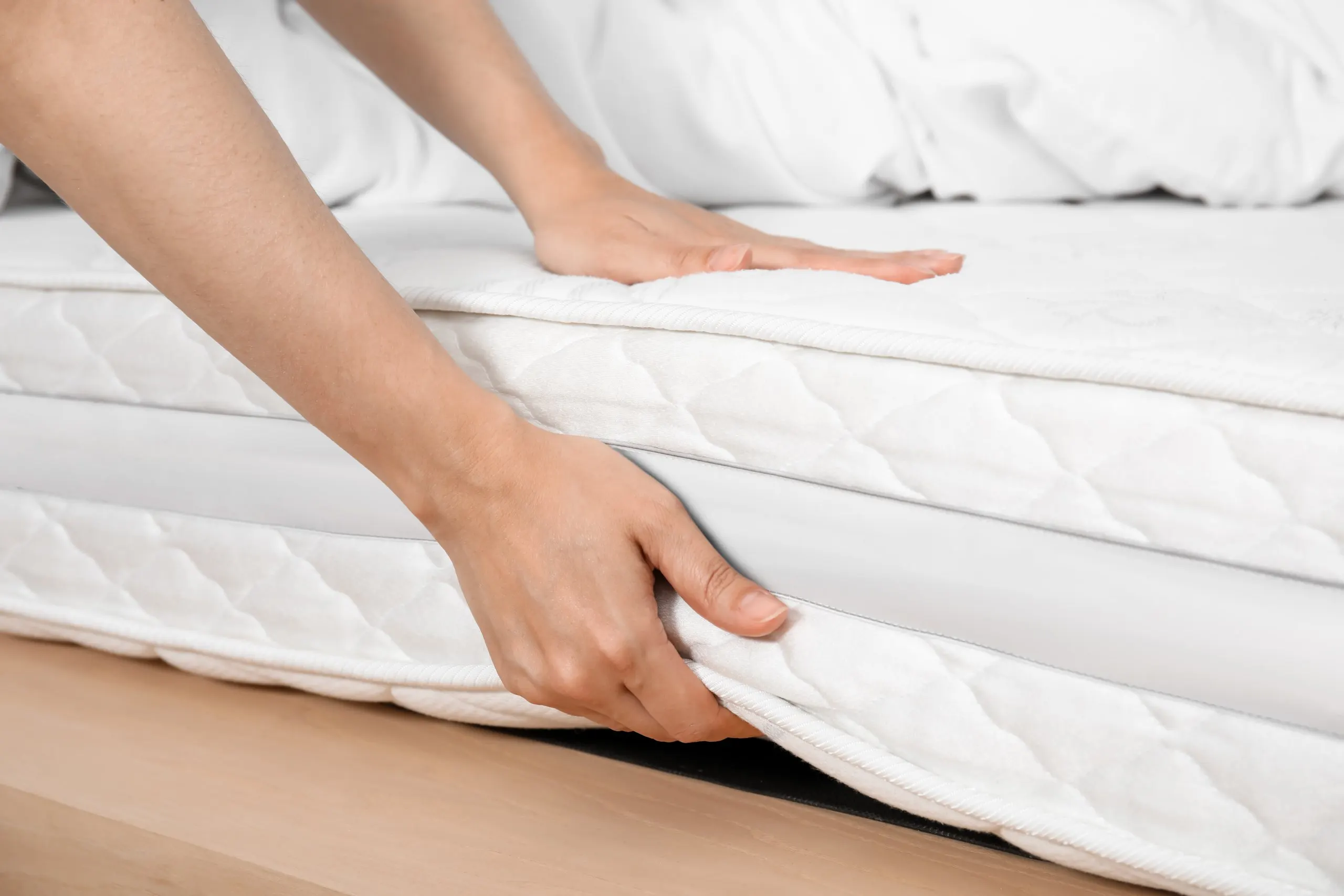
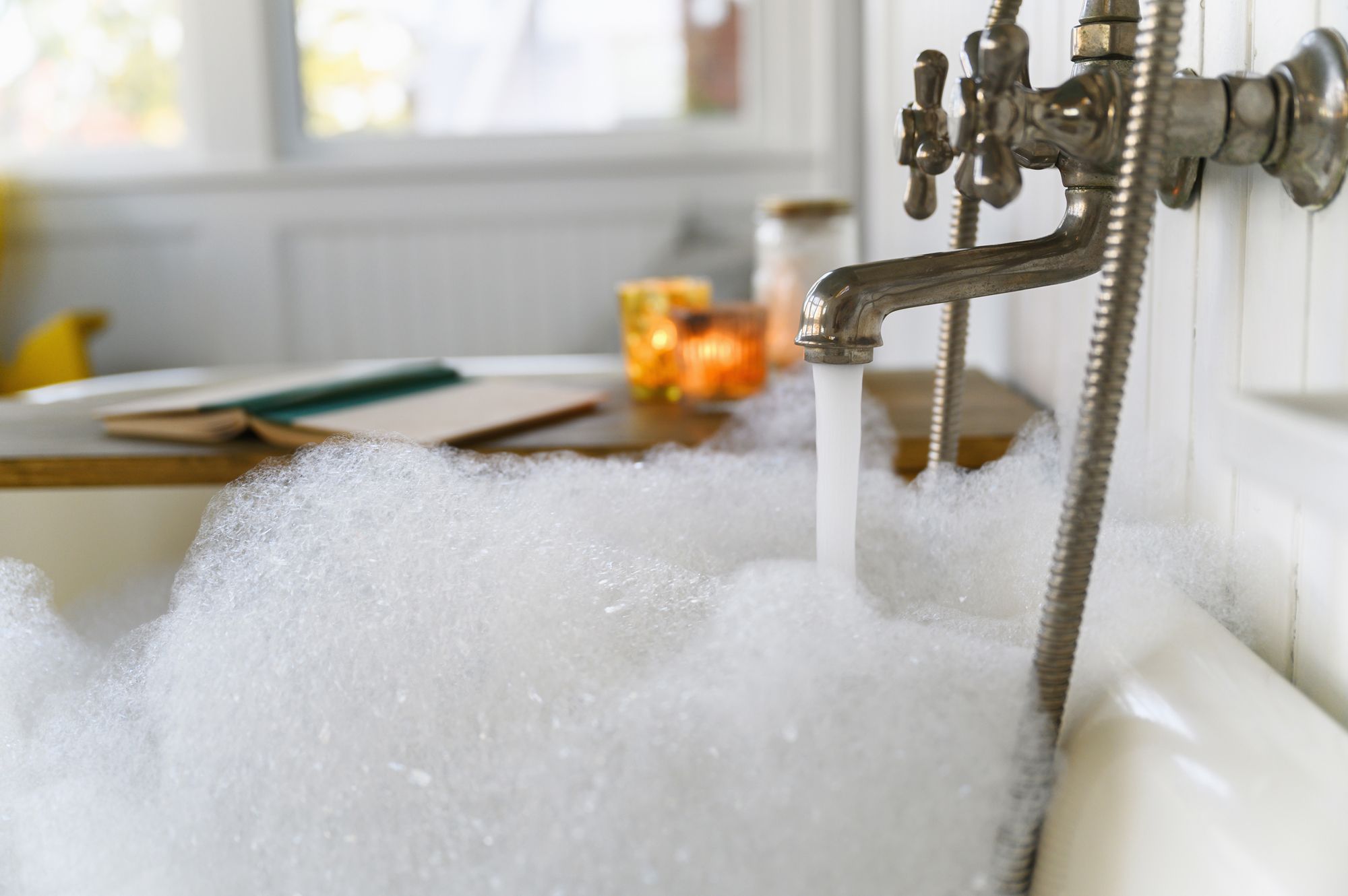

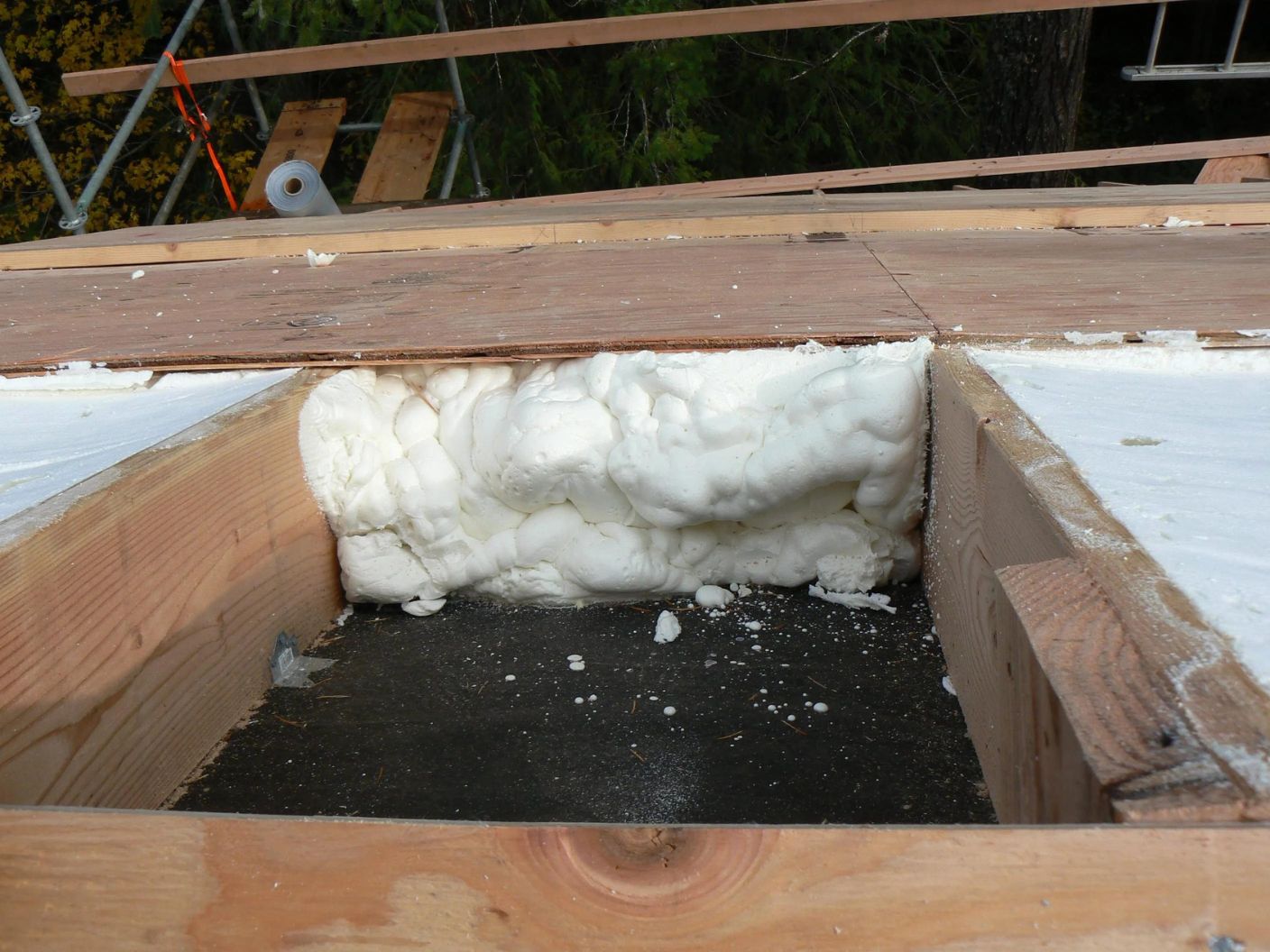
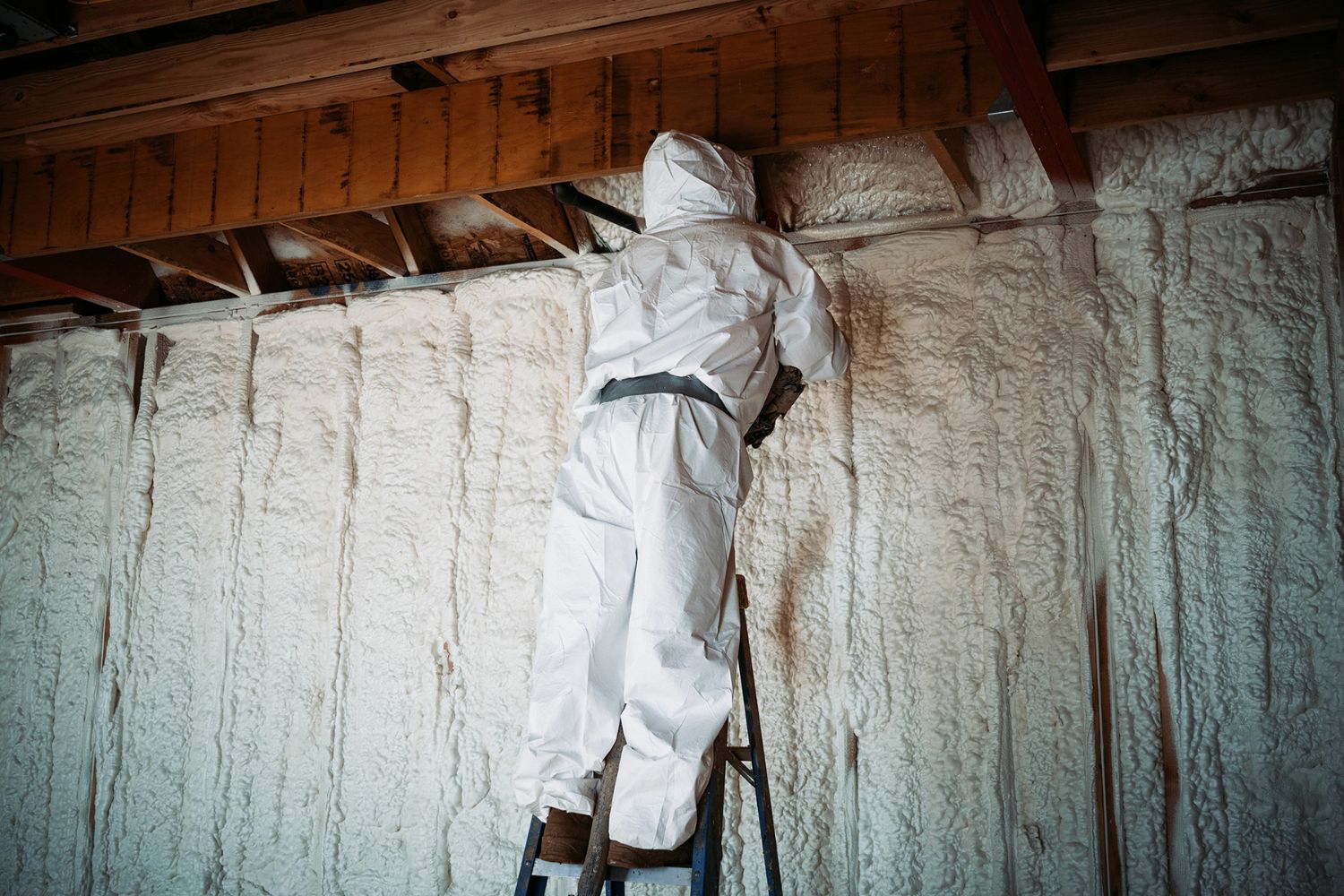

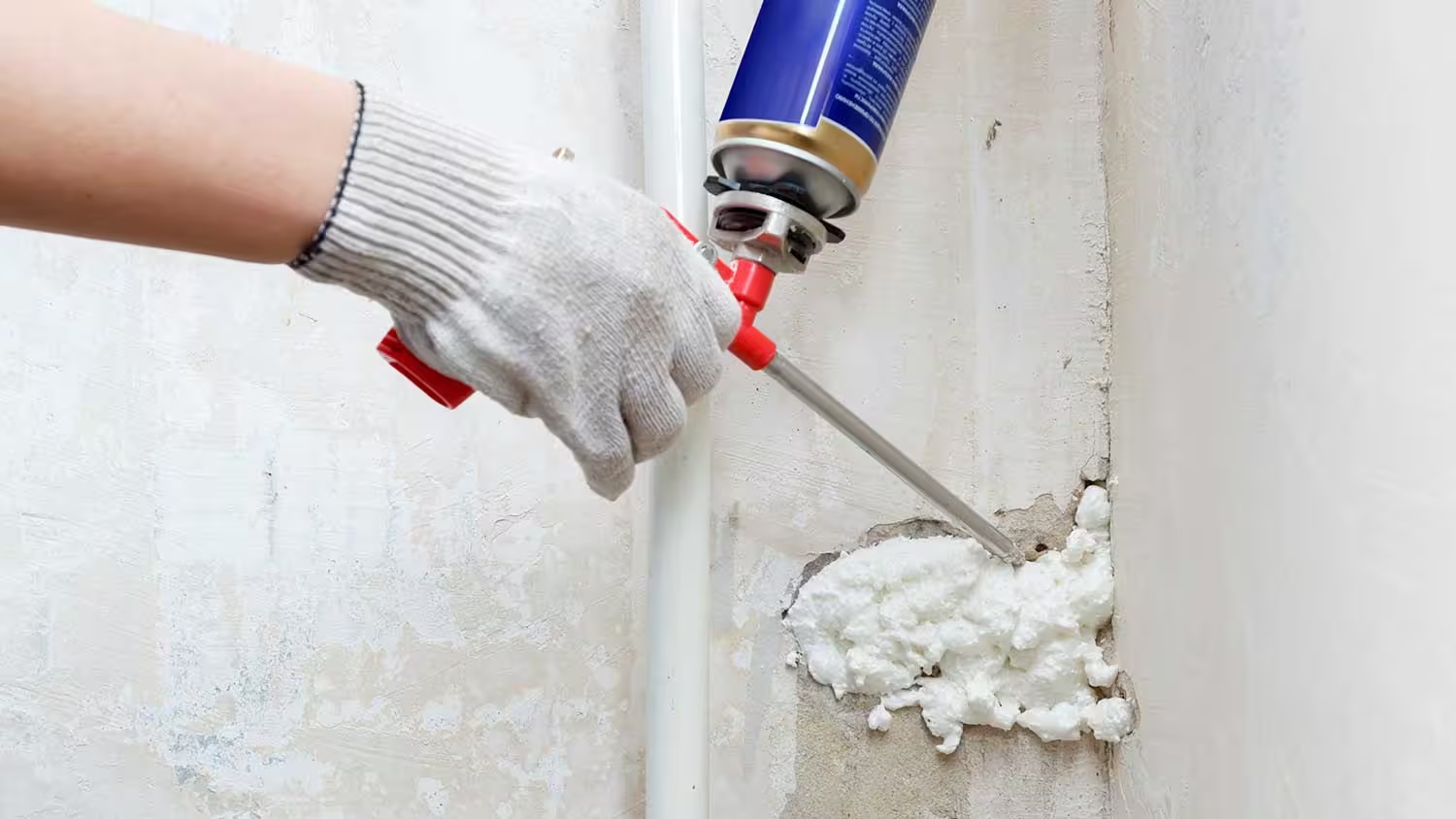
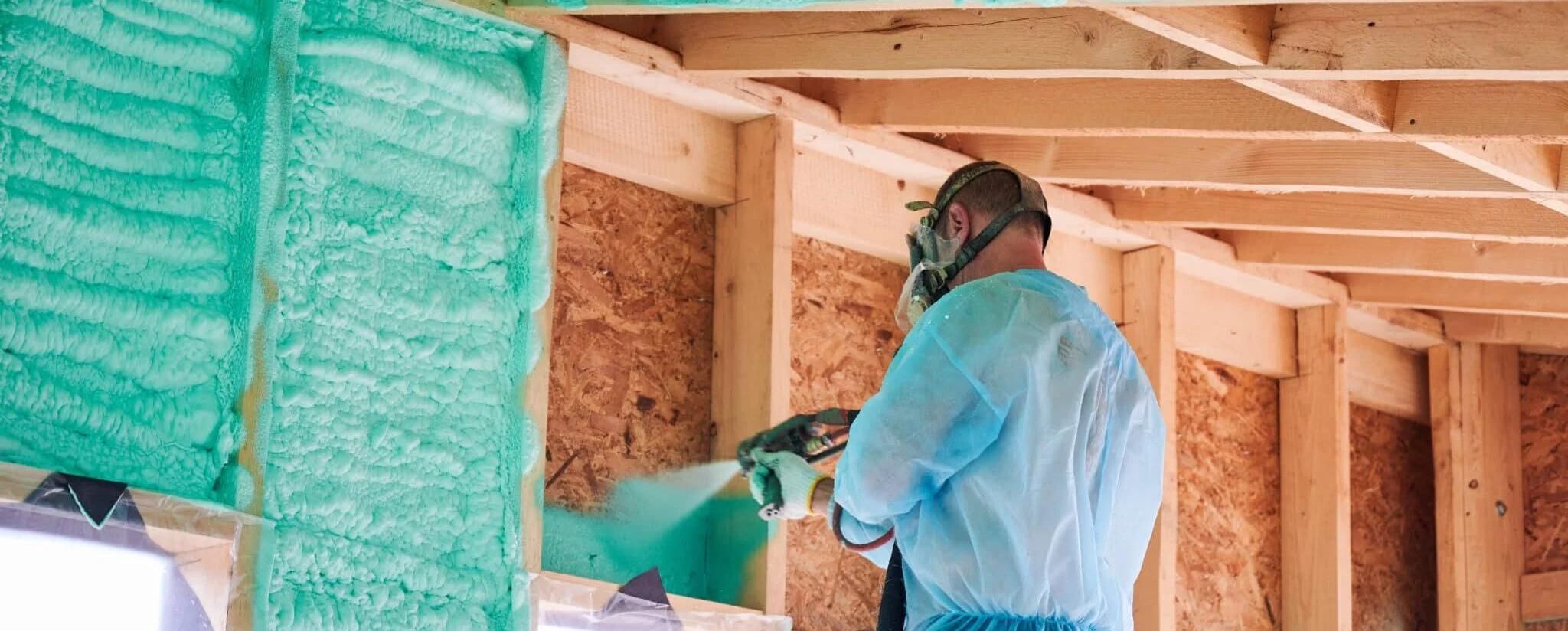

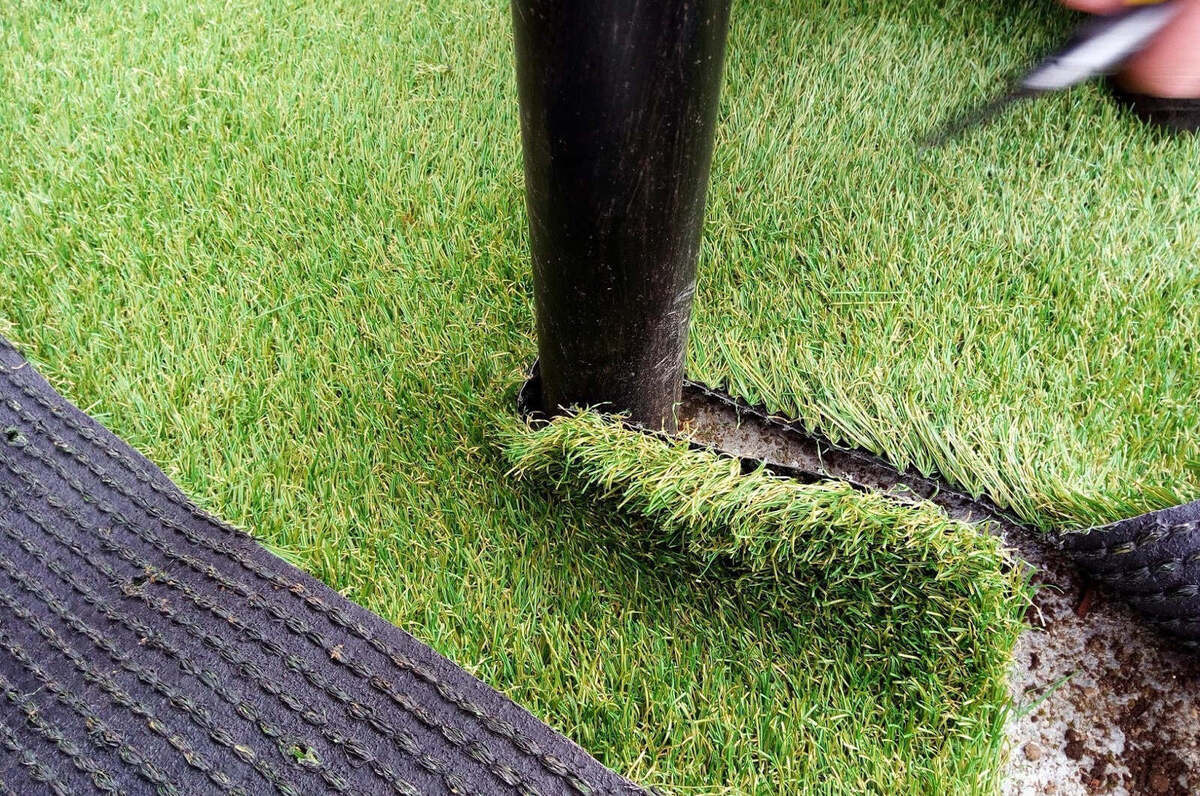

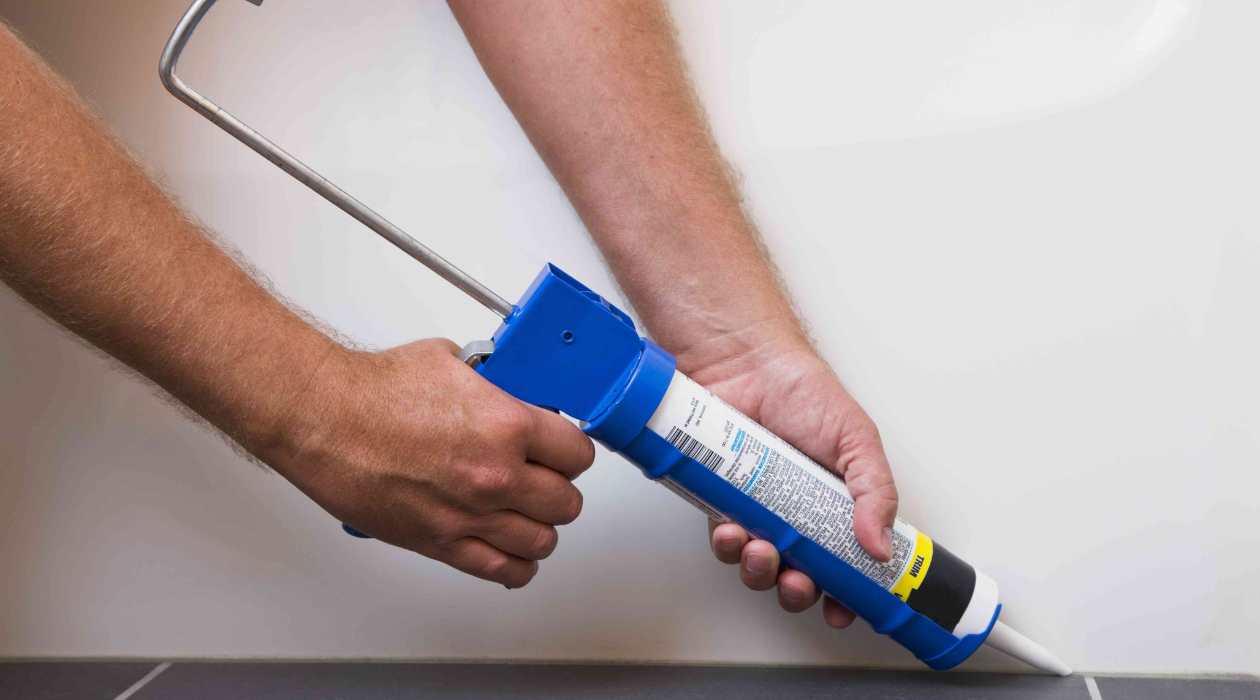
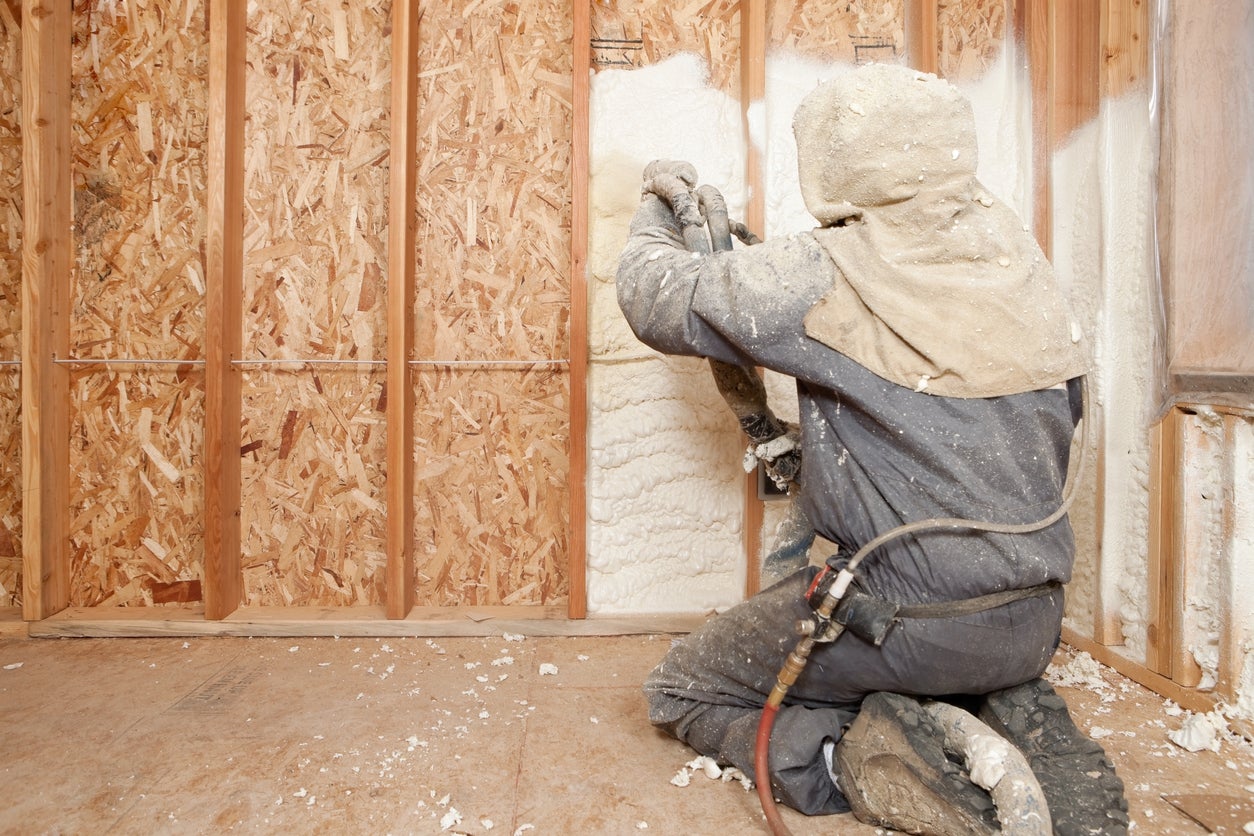

0 thoughts on “What Spray Foam To Use Under A Bathtub”